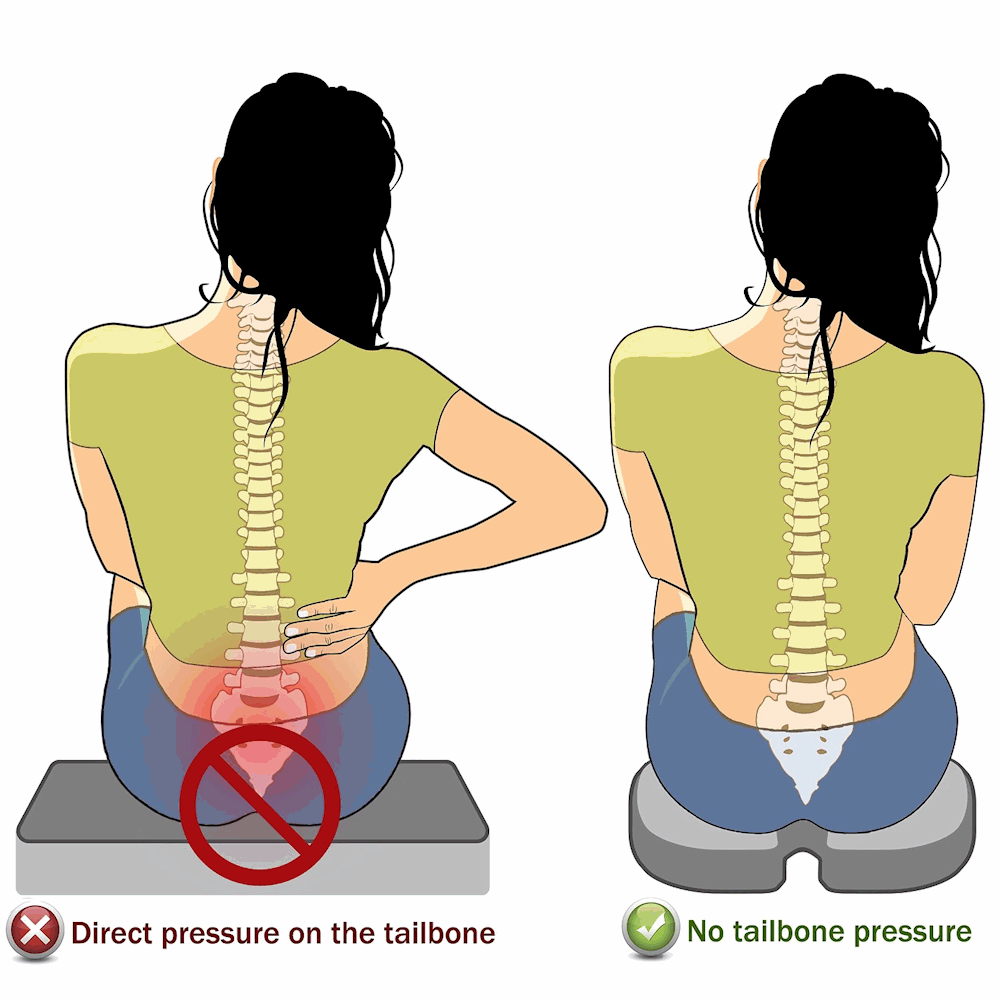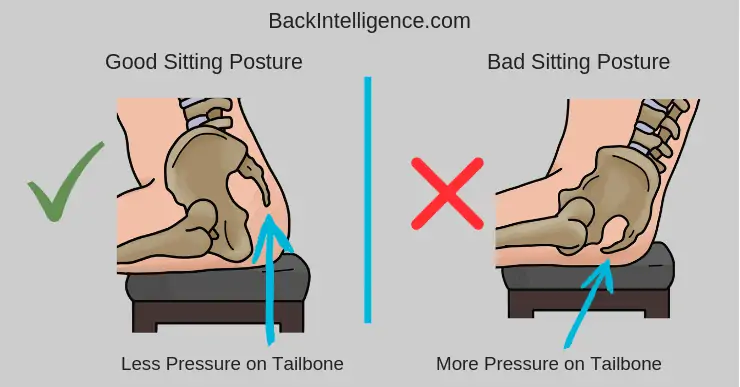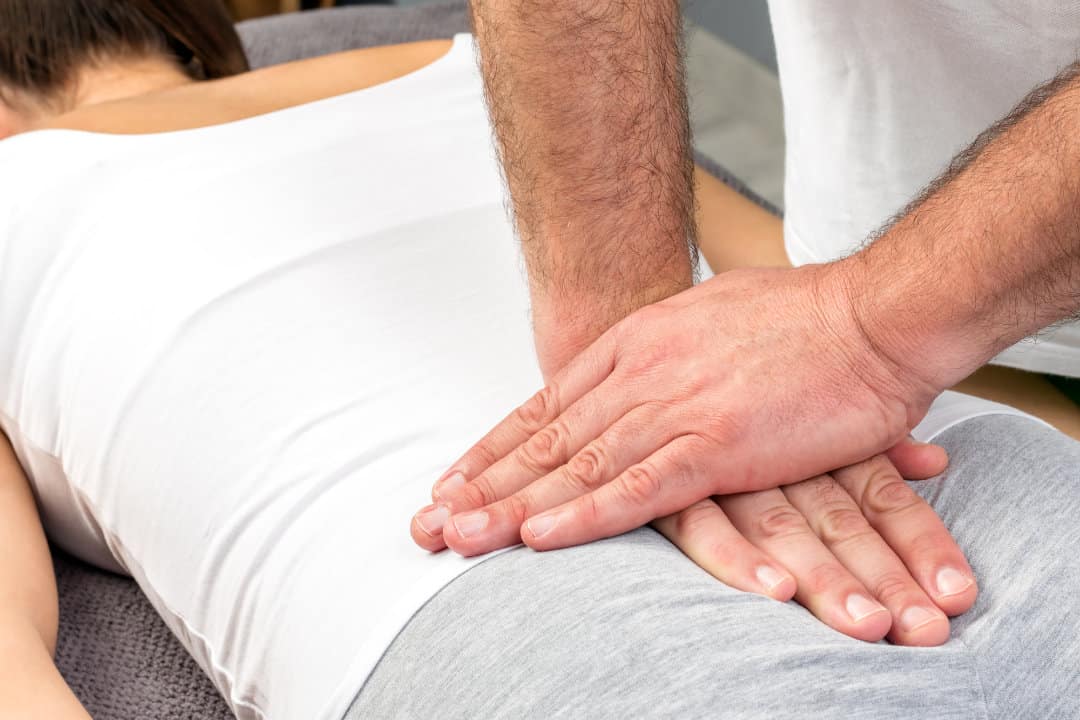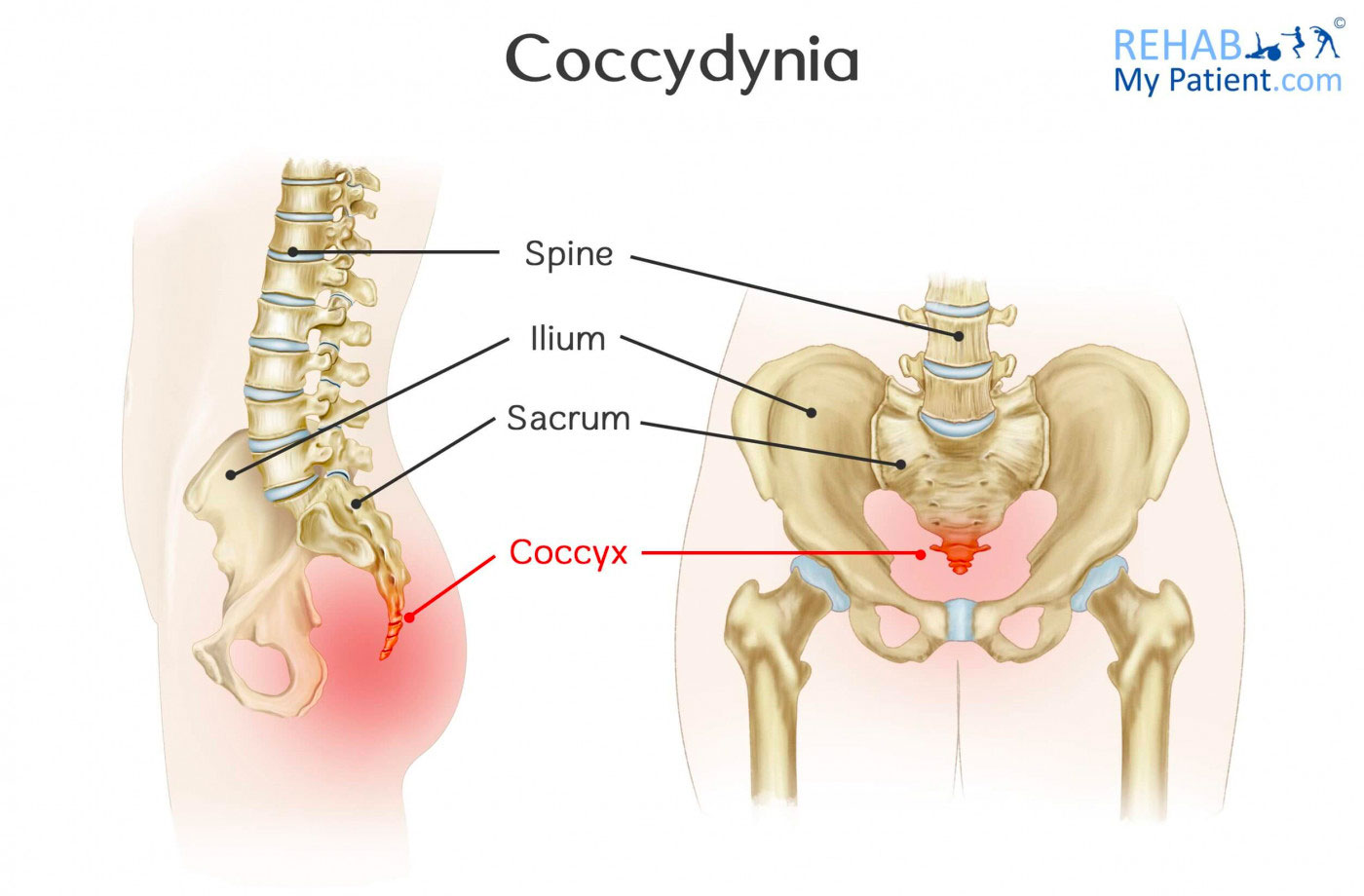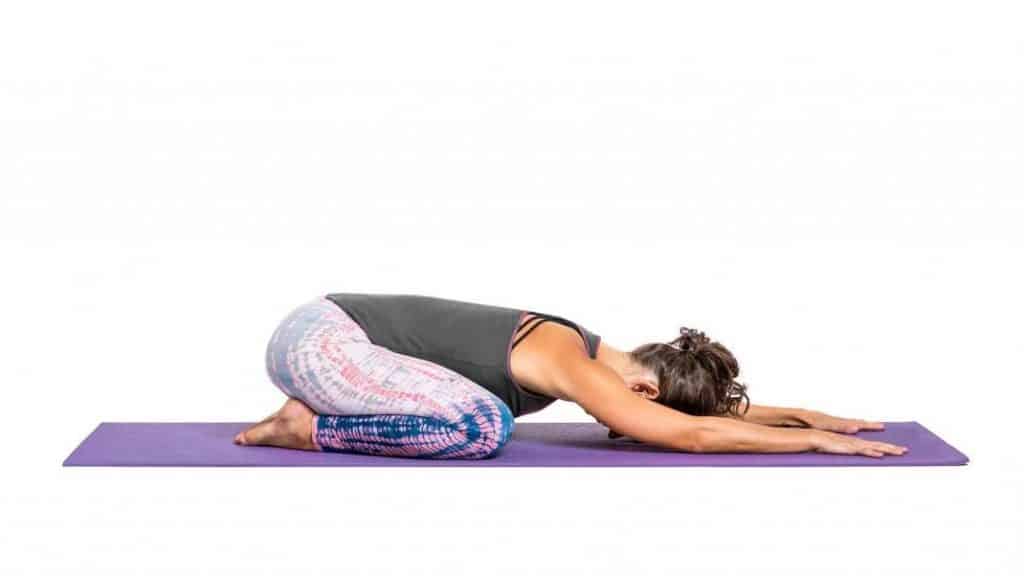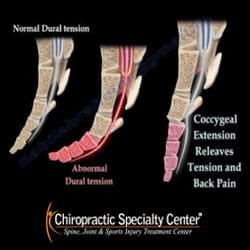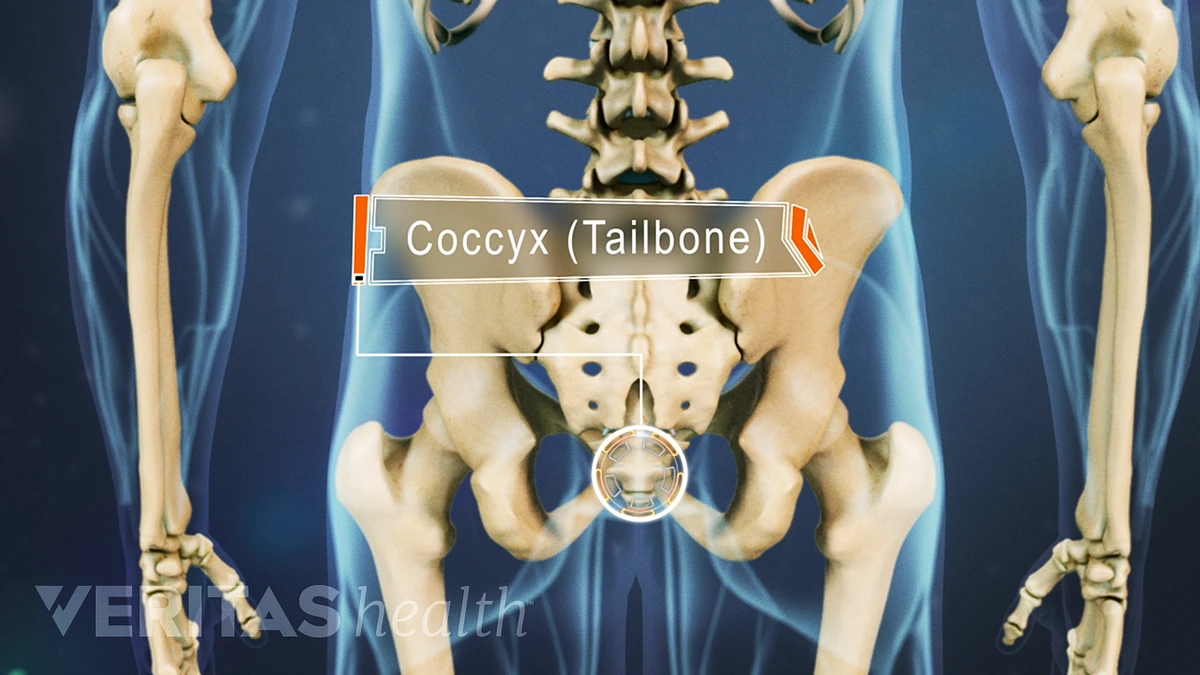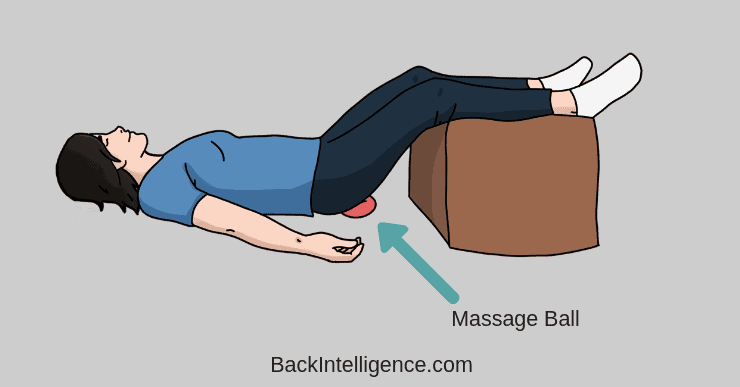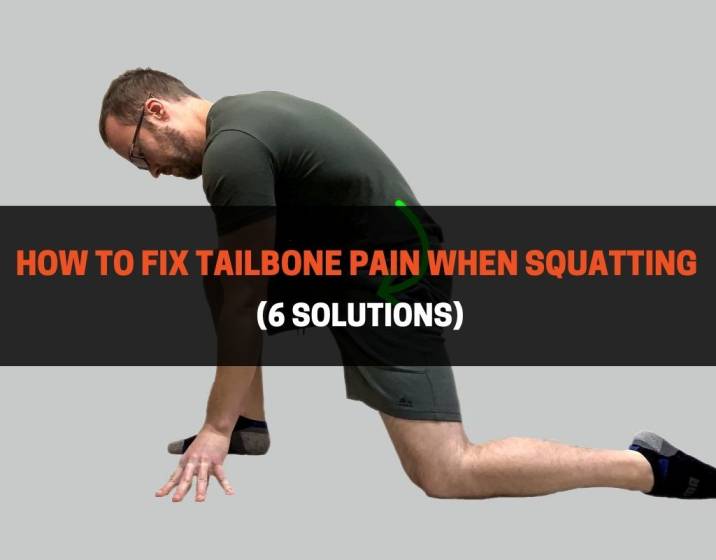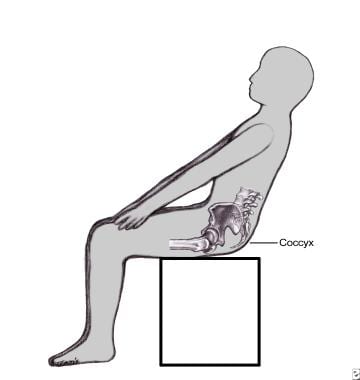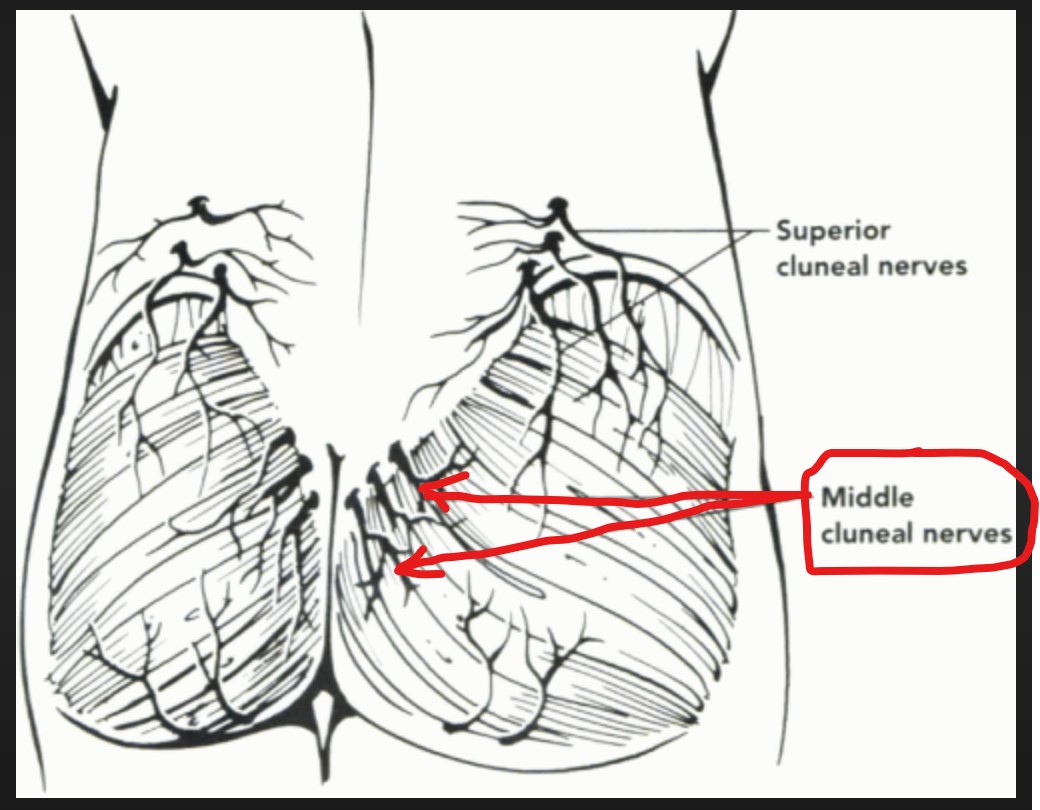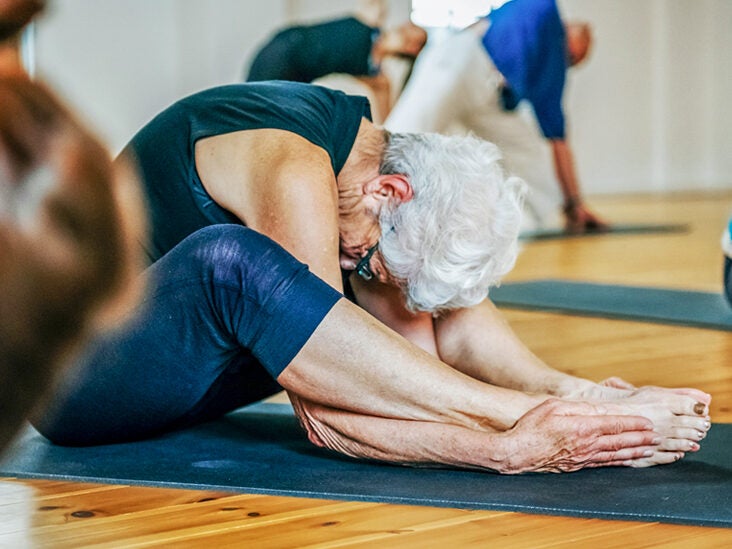Fun Info About How To Help Tailbone Pain

Tailbone pain, also known as coccydynia, can be caused by a fall, prolonged sitting, or childbirth.
How to help tailbone pain. According to an august 2016 study published in pm&r, pelvic floor physical therapy can help ease coccydynia or tailbone pain. These activity modifications may include using a standing desk to avoid. There are some things you can do to help ease the pain.
Press your hands into the wall at shoulder height, and as you begin to walk your hands. Applying heat to a bruised tailbone can help relax muscles, which can improve pain. By situating yourself face down or on your side, you can temporarily relieve pain in your tailbone area.
Pelvic and breathing exercising will also help taking pressure off the tailbone, releasing the pain effectively. Tailbone pain is rarely lifelong, so you may be going through a temporarily harder time with it. This will help reduce inflammation and pain.
The tailbone (or the coccyx) can become very painful if it’s injured or fractured. One of the best things you can do for a sore tailbone is to apply ice to the area. Alterations to everyday activities can help take cumulative pressure off of the tailbone and alleviate pain.
If the pain persists, placing an ice pack on your back will offer immediate relief, as ice aids in preventing tissue damage, while. Sleeping with tailbone pain can be difficult. Mobilisation by an osteopath or physiotherapist:
The pain is often described as sharp or dull and can make it difficult to sit or. Ensure that the mattress you sleep on is firm. You can make it easier by sleeping in a protective position and using extra pillows and cushions to help your body out.
:max_bytes(150000):strip_icc()/tailbonepainfinal-01-5c05dc2546e0fb0001b90d83.png)
